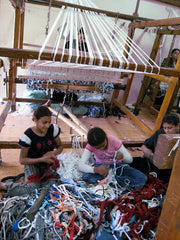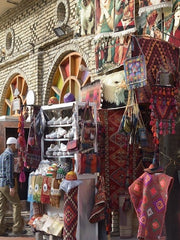i-care community
Kathmandu, Nepal
Kathmandu, Nepal's capital, is a densely populated city which continues to see the growth of slums and informal settlements, high rates of unemployment, overcrowding and an increase in natural disasters.
Dilapidated and temporary housing is a manifestation of the vulnerability of households in slum areas. Another characteristic, particularly of squatter settlements, is their location on marginal land. Of 40 squatter settlements in the Kathmandu valley, 24 are on the floodplain of rivers. Most of the remaining settlements are in areas prone to landslides. Another equally vulnerable place for occupancy is ghats (stretches of riverbank protected for cultural and religious purposes), where traditional public buildings are often on the verge of collapse. Overcrowding is evident with high occupancy per unit of space, cohabitation, and a high number of single-room units. Many slum dwelling units are home to five or more persons sharing a single room for cooking, sleeping and living. Basic infrastructure such as water and sanitation is poor. In the 40 slum settlements in the Kathmandu valley, the average monthly income for a household is NRs 4,173 (less than half a dollar a day). The increase of urban slum settlements in cities are linked to limited economic growth in rural areas and the impact of natural disasters and conflict.
Despite the challenges, local-level initiatives are relatively organized, and the extension of microfinance to such settlements has pulled people together around a common cause. Please help support initiatives to sustain development in Kathmandu.
References
Johshi, P.S. (2014). Habitat Program for Nepal, UN-HABITAT




